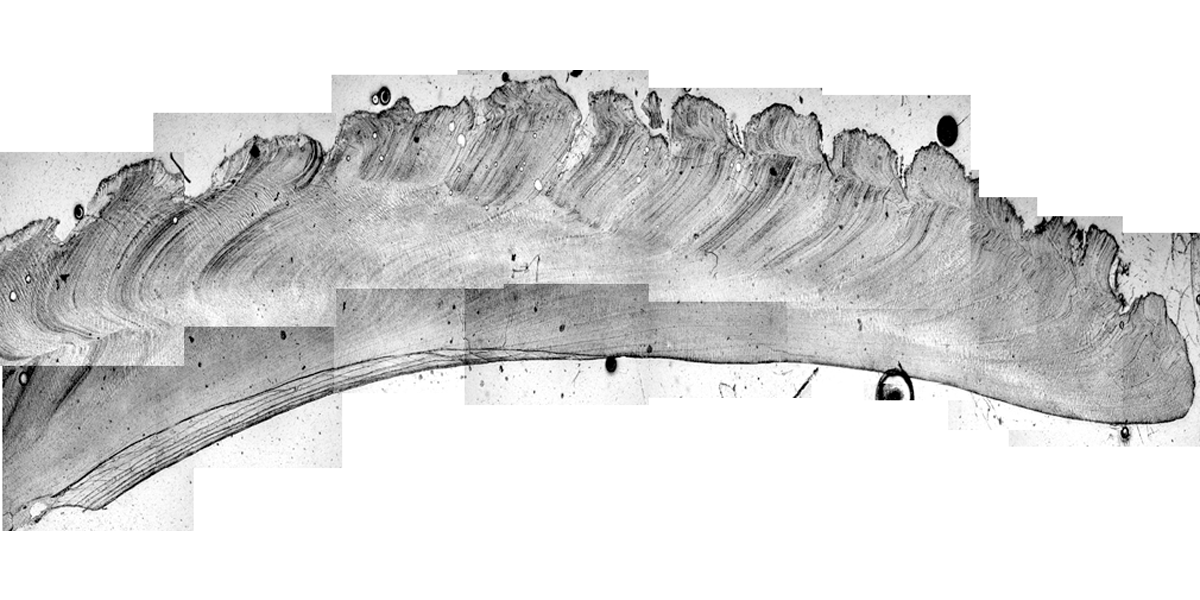Extreme seasonality
Current climate change leads to an increase in global temperatures and ocean heat content. The influence on seasonality, particularly in midlatitudes, is however uncertain. Past warm climates can inform on seasonality at high average global temperatures. Here we combine the unique temporal resolution of bivalve shells with clumped isotope thermometry to reconstruct seasonal temperature extremes during past hothouse climates. Live growth experiments will test bivalve growth including heat stress conditions and guide the interpretation of high-resolution clumped isotope records from fossil shells. Integration with climate modeling will provide insights into the prospect of seasonal temperature extremes of the future ocean.
|
|
|
In the project the state of the art analytical clumped isotope technique available at UU is combined with the experimental facilities at NIOZ to perform bivalve growth experiments aiming to decipher the magnitude of biological and ecological bias in geological records. |
| Rob Witbaard, Martin Ziegler |

Project Team


Connected themes
- Our Future Ocean
